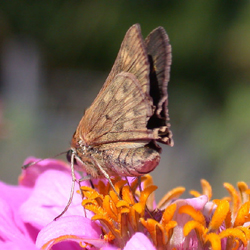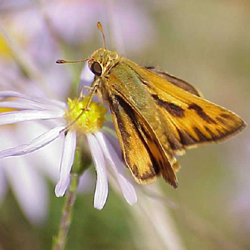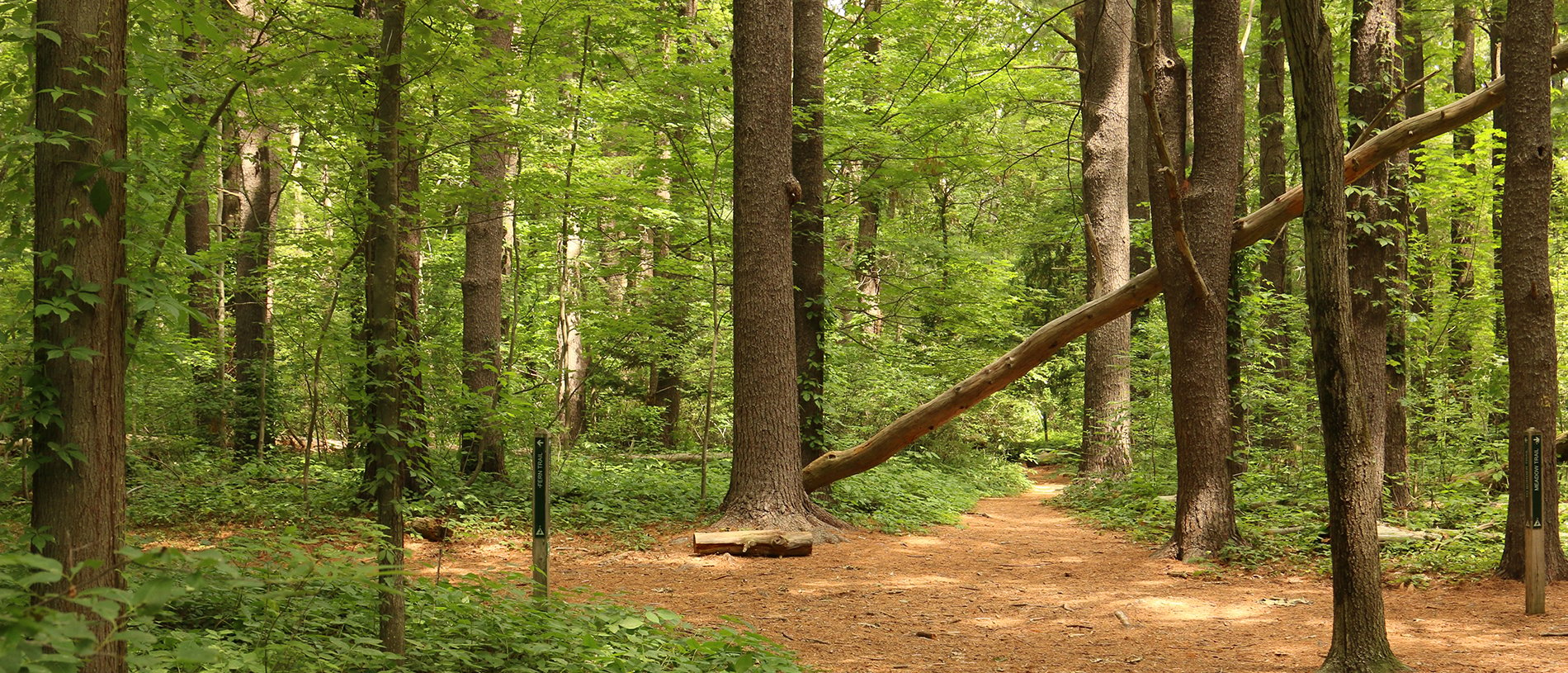Find a Butterfly
Fiery Skipper
Hylephila phyleus
Named
Drury, 1773

Identification
Wingspan: 1-1 1/4". Males are overall bright yellow-orange; females are duller tending to tannish-orange. The hindwing pattern below is diagnostic with scattered brownish dots contrasting with the lighter background. This pattern is unique in our region and might only be confused with the more southerly Whirlabout (Polites vibex). Males have a relatively heavy, dark stigma as well as jagged black borders on the trailing edge of both upper wing surfaces. Females above show a series of contrasting orange markings against a darker background. Both sexes have notably short antennae.
Distribution
Essentially a species of the New World tropics, ranging from the southern United States to northern Chile and Argentina. Introduced in the Hawaiian Islands, where now abundant. In the continental U.S. it is a permanent resident from California throughout southern Texas and the Gulf States to the Florida peninsula and north along the southeastern coastal plain to North Carolina and possibly extreme southeastern Virginia. Vagrant in Bermuda. In summer colonizes a broad band to the North from the west coast through the Great Plains to southern Ontario and rarely southern New England. Fall migrants have reached Prince Edward Island (Scott, 1986). Five specimens were taken in Providence, 20-28 August 1911 by E.D. Keith (in Farquhar, 1934); and there is a vague reference to the species being "taken years ago by Norton near Farmington" (Connecticut) (Ibid).
Status in Massachusetts
The first Massachusetts record is 2 October 1940, Westport (Bristol Co.), W.P. Rogers. The second occurrence was 5 males and 1 female, Rockport (Essex Co.), 8 September 1991, C. Leahy; a few individuals lingered in a patch of flowering Wild Peppermint at least through 12 September (fide Cassie). Notable northward movements of southern species, including Fiery Skipper were recorded south of New England in 1991. Subsequent records are 2 October 1993, Westport (Bristol Co.), W. P. Rogers; 16 September 1995, M. Pelikan and S. Stichter and 25 October 1995, Sudbury (Middlesex Co.), T. Dodd. There was a massive flight of this species south of New England in 1995. The species has been recorded annually in the state since.

Flight Period in Massachusetts
September 8 to October 25 based on the four occurances noted above. Flies year round in southern Florida and Texas; spring flights emerge in late May farther north.
Larval Food Plants
A wide variety of grasses including common lawn and weed species such as Kentucky Blue Grass (Poa pratensis), bents (Agrostis, spp.), and Crabgrass (Digitaria sanguinalis). The butterfly is considered a lawn pest in parts of its range.
Adult Food sources
Seems to nectar readily on whatever is in bloom, especially the usual butterfly favorites such as milkweeds and buddleia. Since it occurs as a late summer/fall immigrant in New England, it should be looked for on thistles, asters, goldenrods and other late blooming composites as well as in ornamental gardens. The Rockport individuals with all of the above named flowers to choose from clearly preferred Wild Peppermint*.

Habitat
Mainly sunny uplands e.g., fields, pastures, lawns, gardens, roadsides, weed patches, and shrubby areas. Notably attracted to human-altered habitats.
Life Cycle
EGG: Pale bluish to greenish white; a smooth hemispherical dome. OVIPOSITION: Eggs are laid singly and somewhat haphazardly on or near the food plant, usually on the undersides of leaves. LARVA: Yellowish brown, grayish or some shade or green usually with a brown back stripe and side stripes; head blackish with reddish vertical stripes. CHRYSALIS: Yellow brown, reddish or green with black spots, stripes and blotches; an elongate cylinder. PUPATION: Occurs within a rolled leaf fastened with silk and located at the base of its host grasses; chrysalis may be attached inside the nest by a silken girdle and/or holdfast. OVERWINTERING STAGE: Chrysalis, but does not overwinter in New England.
Account Author
Chris Leahy



